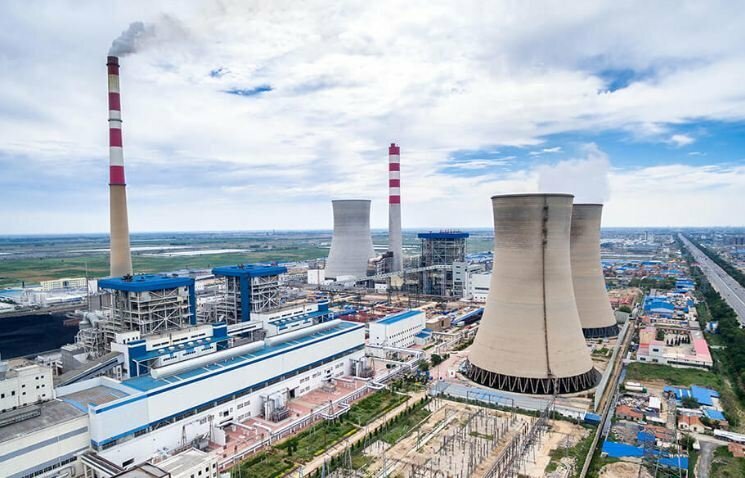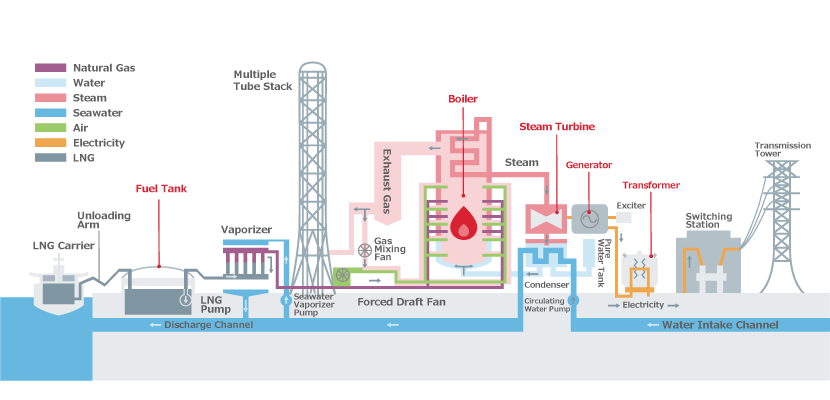Nuclear power is a cornerstone in the energy sector, providing a reliable, low-carbon energy source that meets a significant portion of global electricity needs. As a power generation blogger, I’ve seen firsthand how nuclear power plants remain vital in supplying the grid while minimizing environmental impact.
How Nuclear Power Plants Work
The principle behind nuclear power generation is nuclear fission. This process involves splitting uranium atoms in a reactor to produce heat, which in turn generates steam. The steam drives a turbine connected to an electricity generator, converting mechanical energy into electrical energy.
The Components of a Nuclear Plant
A typical nuclear plant is composed of several key components:
- Nuclear Reactor: This is the heart of the plant, where nuclear fission occurs.
- Steam Generator: Heat from the reactor generates steam in a secondary loop.
- Turbine and Generator: Steam drives the turbine, which spins the generator to produce electricity.
- Cooling System: The steam condenses back to water and recirculates.
Fuel and Waste Management
Uranium, often enriched for higher efficiency, powers nuclear reactors. The spent fuel, although highly radioactive, is managed through careful storage and disposal protocols. Advances in reprocessing and storage solutions continue to enhance the sustainability of nuclear energy.
Benefits and Challenges
Nuclear energy’s strengths include:
- Reliability: Nuclear plants deliver consistent power output, crucial for base-load electricity.
- Low Carbon Emissions: They emit nearly zero carbon during operation.
- Longevity: Nuclear fuel provides significant energy compared to fossil fuels.
Challenges include:
- Safety Concerns: Potential hazards related to radiation and accidents.
- Waste Disposal: Long-term storage of spent nuclear fuel is necessary.
- High Capital Costs: Building and decommissioning plants require substantial investment.
Future of Nuclear Energy
Despite challenges, nuclear power holds promise, especially with advancements like small modular reactors (SMRs) and next-generation technologies, which aim to reduce costs and improve safety. These innovations could bolster nuclear’s role in a balanced energy portfolio that meets growing demand without compromising environmental goals.
As nuclear energy continues to evolve, it remains an indispensable part of the global strategy for clean, sustainable power generation.






Leave feedback about this